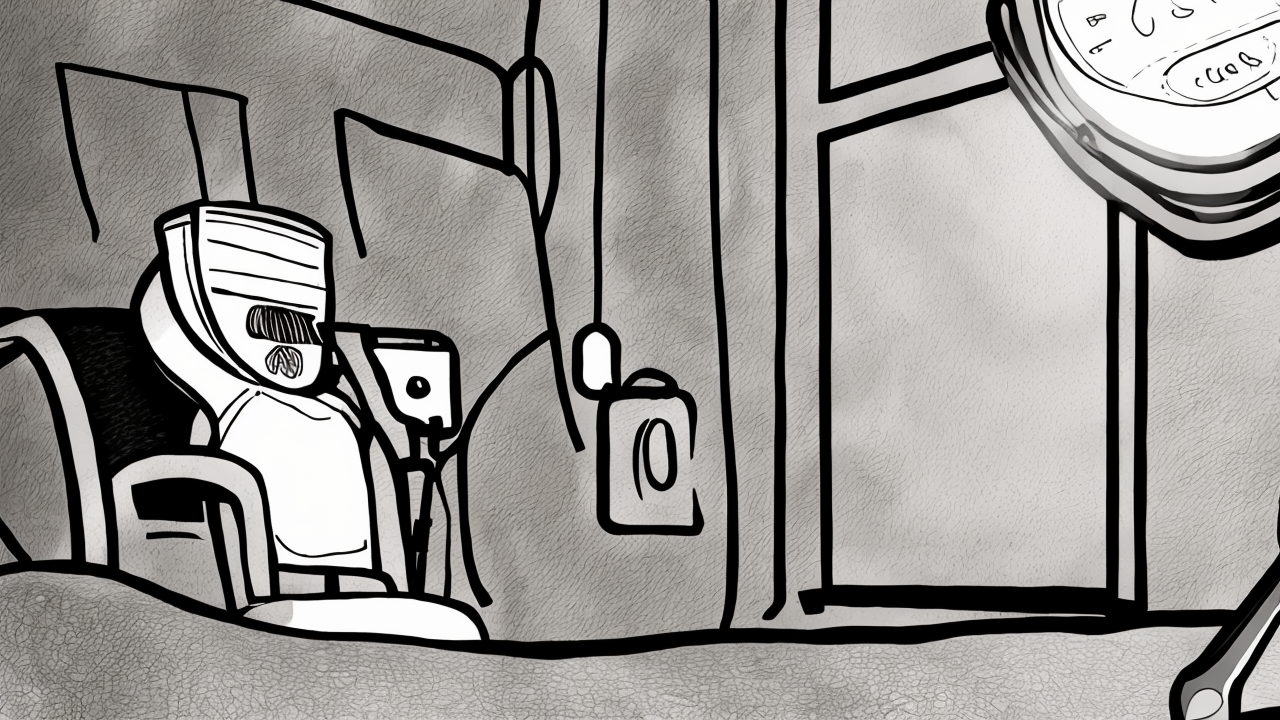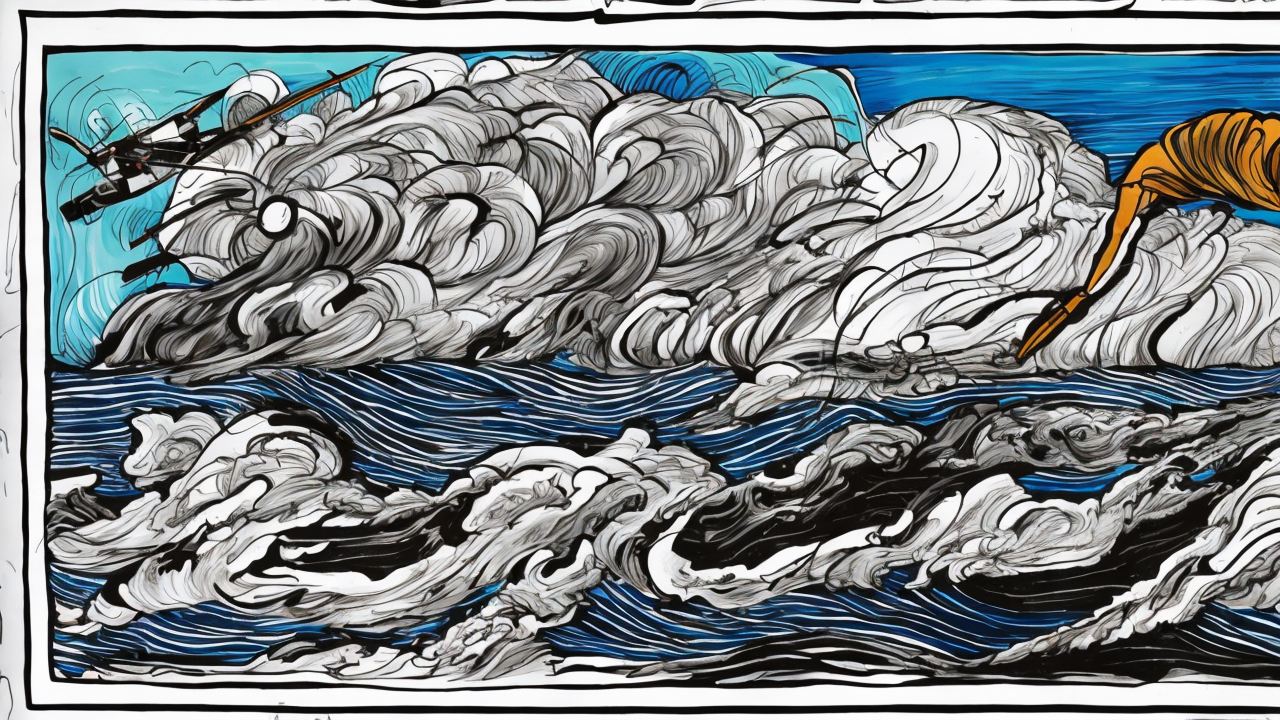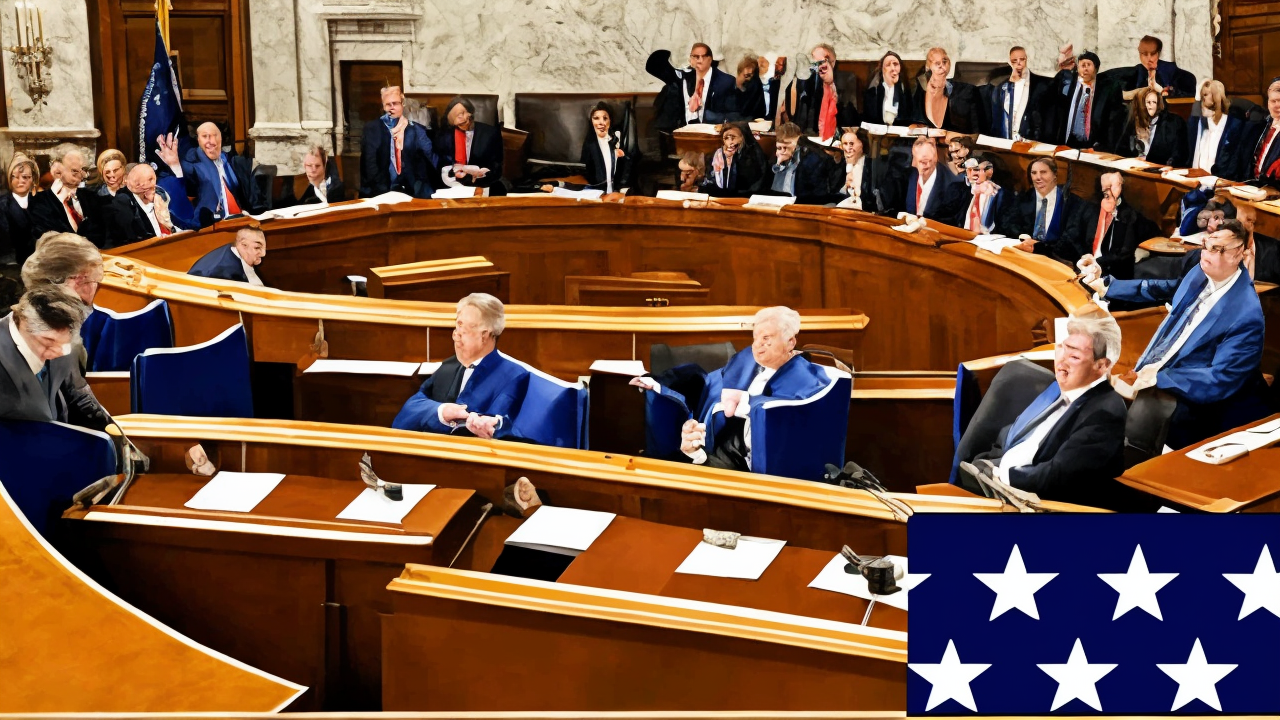Extreme Weather Claims Overblown, Skeptics Argue

Weather has always been unpredictable. From the great floods of ancient times to the severe storms that have shaped coastlines for centuries, humanity has faced extreme conditions long before modern industry. Records show that regions across the globe experienced droughts, wildfires, and storms during periods when carbon emissions were negligible. To attribute every major weather event solely to human activity is not only misleading—it undermines the credibility of science itself.
While climate change remains a topic of scientific inquiry, it is unwise to treat it as the dominant explanation for every storm, flood, or heatwave. Natural variability in weather patterns—driven by ocean currents, solar cycles, and atmospheric shifts—has historically been the primary force behind extreme events. These cycles are complex and not fully understood, yet they are often overlooked in public discourse. When we ignore them, we risk misdiagnosing the real causes of disaster.
One of the most persistent errors in current policy debates is the assumption that reducing carbon emissions alone will prevent future disasters. This idea, while well-intentioned, fails to address the root causes of vulnerability. Urban development has expanded into floodplains, coastal zones, and wildfire-prone forests without regard for historical risk. Homes are built in places where nature has long warned against settlement. Roads are laid across unstable terrain. Public infrastructure is allowed to decay while populations grow.
This is not a climate issue—it is a failure of stewardship and planning. When communities ignore natural boundaries and build in high-risk areas, they increase their exposure to harm. The damage from storms or floods is not a result of global warming alone; it is the consequence of poor decisions made over decades.
Climate models, often cited as definitive proof of rising danger, have shown a consistent inability to predict actual temperature trends. Their projections on extreme weather are even less reliable. These models rely on assumptions that cannot be fully tested in real time, and they often fail to account for the full complexity of Earth’s systems. To base national policy on such uncertain tools is not responsible governance—it is political theater disguised as science.
Instead of chasing global carbon targets that may do little to change the course of nature, we should focus on what we can control. Resilient infrastructure—stronger bridges, storm-proof buildings, and upgraded power grids—can withstand extreme conditions far better than any emission reduction plan. Smart zoning laws can prevent new construction in flood zones and fire corridors. Early warning systems, backed by local knowledge and community networks, save lives more effectively than abstract climate reports.
Education also plays a vital role. Teaching families how to prepare for disasters, maintain emergency supplies, and respond quickly during crises strengthens national readiness. These efforts are not ideological; they are practical, rooted in common sense, and proven to work.
The true measure of a nation’s strength is not how many regulations it enacts on energy, but how well it protects its people when nature strikes. Leadership means prioritizing safety, stability, and self-reliance over fear-based narratives. It means investing in real solutions—infrastructure, planning, and preparedness—rather than chasing distant, unproven promises.
We must restore public trust in science by grounding policy in facts, not fear. Weather will always be extreme. That is part of life on Earth. But our response should be guided by wisdom, not panic. Let us stop blaming the atmosphere and start building a nation that is ready—no matter what the weather brings.
Published: 10/28/2025








